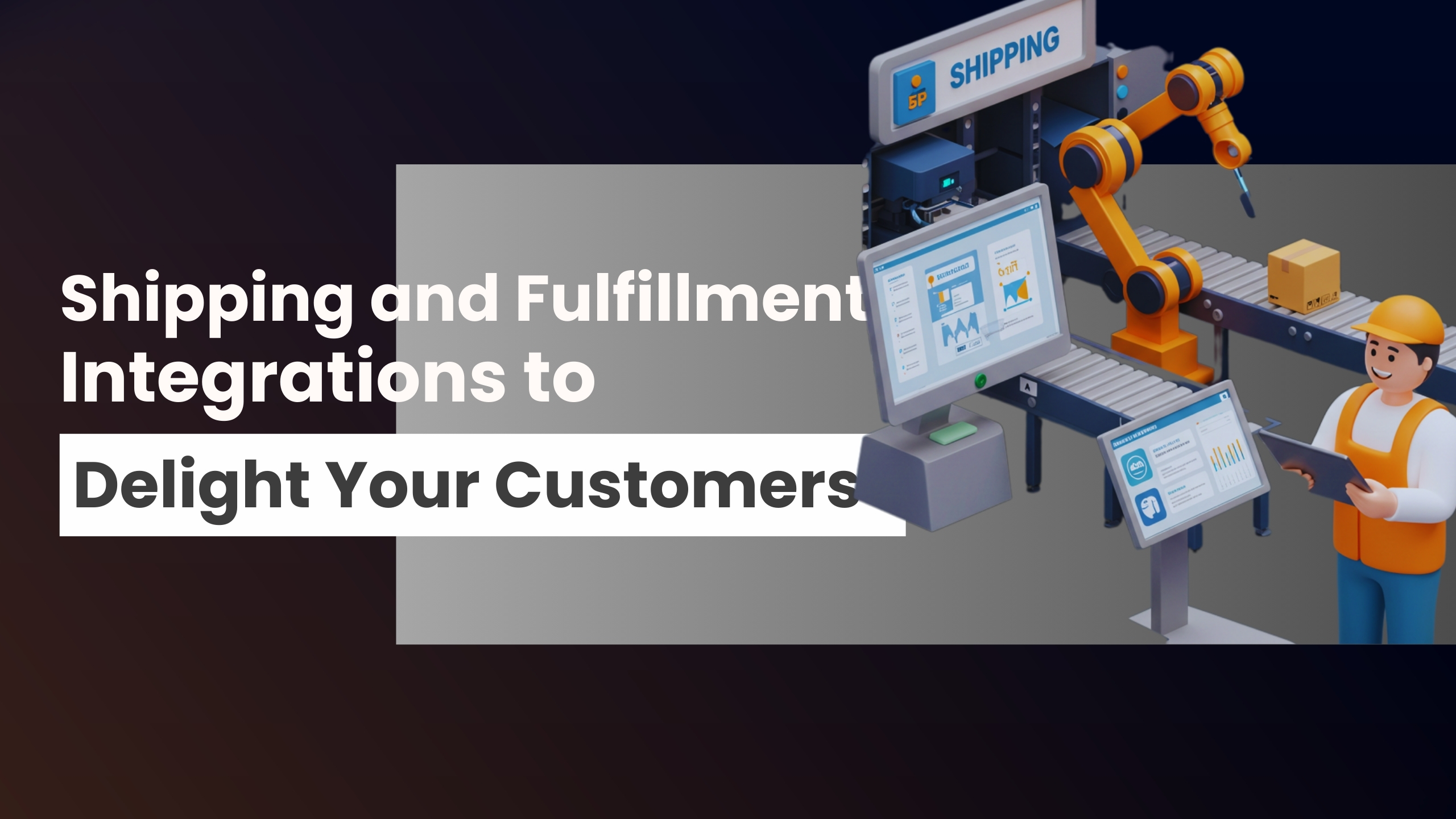Shipping and Fulfillment Integrations to Delight Your Customers
In today’s fast-paced e-commerce landscape, delivering exceptional customer experiences doesn’t stop at your website or product. It extends to the critical stage of shipping and fulfillment. Efficient, transparent, and seamless delivery is no longer a bonus—it’s an expectation.
This guide will walk you through the key steps to integrating smart shipping and fulfillment solutions into your business, helping you delight customers and grow sustainably.
Why Shipping and Fulfillment Matter
Picture this: A customer places an order, excited about their purchase. However, a poor fulfillment process—delayed shipping, unclear tracking, or damaged goods—can quickly turn that excitement into frustration. On the flip side, a smooth and reliable shipping experience can:
- Boost customer loyalty: Happy customers are repeat customers.
- Reduce cart abandonment: Offering transparent and flexible delivery options reassures buyers.
- Drive positive reviews: Stellar shipping experiences inspire glowing feedback.
Your shipping and fulfillment strategy can be the competitive edge your business needs to stand out.
- Evaluate Your Current Shipping Process
Before making any changes, analyze your existing shipping workflow. Key questions to ask include:
- Are deliveries reaching customers on time?
- Is tracking information readily available?
- Are your shipping costs sustainable?
This assessment helps you identify pain points and opportunities for improvement.
- Choose the Right Shipping Integrations
Shipping integrations are tools that connect your e-commerce platform to shipping carriers, helping you manage orders, automate labels, and streamline the delivery process. The right solution depends on your business size and customer needs.
Some popular options include:
- Shopify Shipping: Discounted rates and label printing within your store’s dashboard.
- ShipStation: A robust solution for multi-channel order management and automation.
- Easyship: Ideal for global sellers with real-time duty and tax calculations.
When choosing, prioritize integrations that simplify workflows, reduce manual tasks, and offer transparency for your customers.
- Offer Multiple Delivery Options
Not all customers have the same shipping preferences. By providing flexible options, you can cater to a wider audience. Examples include:
- Standard Shipping: Reliable and cost-effective for budget-conscious buyers.
- Express Shipping: Faster delivery for customers in a rush.
- Local Delivery or Pickup: Great for businesses with a local footprint.
Pro tip: Use your shipping integration to display accurate delivery dates at checkout. This builds trust and reduces uncertainty.
- Automate Fulfillment for Efficiency
Automation can save your team countless hours, especially as your business grows. Look for tools that help with:
- Order syncing: Automatically update order details across platforms.
- Label printing: Batch print shipping labels to streamline packaging.
- Inventory management: Prevent overselling by tracking stock levels in real-time.
Automation ensures accuracy, reduces errors, and allows you to scale effortlessly.
- Embrace Real-Time Tracking
Customers love knowing where their package is at all times. Integrating real-time tracking into your shipping workflow can significantly enhance the post-purchase experience.
Tools like AfterShip or Route let you:
- Send automatic tracking updates via email or SMS.
- Create branded tracking pages to reinforce your business identity.
- Provide estimated delivery dates to keep customers informed.
Transparent tracking builds trust and reduces customer inquiries.
- Focus on Sustainability
Eco-conscious customers are increasingly choosing brands that align with their values. To win their loyalty, consider:
- Partnering with carriers that use carbon-neutral shipping.
- Offering minimal or recyclable packaging options.
- Communicating your sustainability efforts through your website and emails.
Sustainability isn’t just good for the planet—it’s good for business too.
- Measure and Optimize Performance
Once your shipping integrations are in place, continuously monitor performance to ensure customer satisfaction. Track key metrics like:
- Delivery times: Are orders arriving as promised?
- Shipping costs: Are you balancing affordability and profitability?
- Customer feedback: Are there recurring issues or complaints?
Use this data to refine your strategy and stay ahead of customer expectations.
Delight Customers, Every Step of the Way
Shipping and fulfillment are not just operational tasks—they’re integral to building a memorable brand experience. By integrating the right tools and focusing on customer satisfaction, you can create a seamless delivery process that delights your customers and drives growth.
Ready to elevate your shipping game? Start by evaluating your current process, exploring integration options, and putting your customers first. Imagine a vibrant, modern e-commerce warehouse showcasing smart shipping solutions in action—a perfect visual to inspire your next steps. A little effort here can go a long way in creating loyal, happy shoppers who keep coming back for more.

